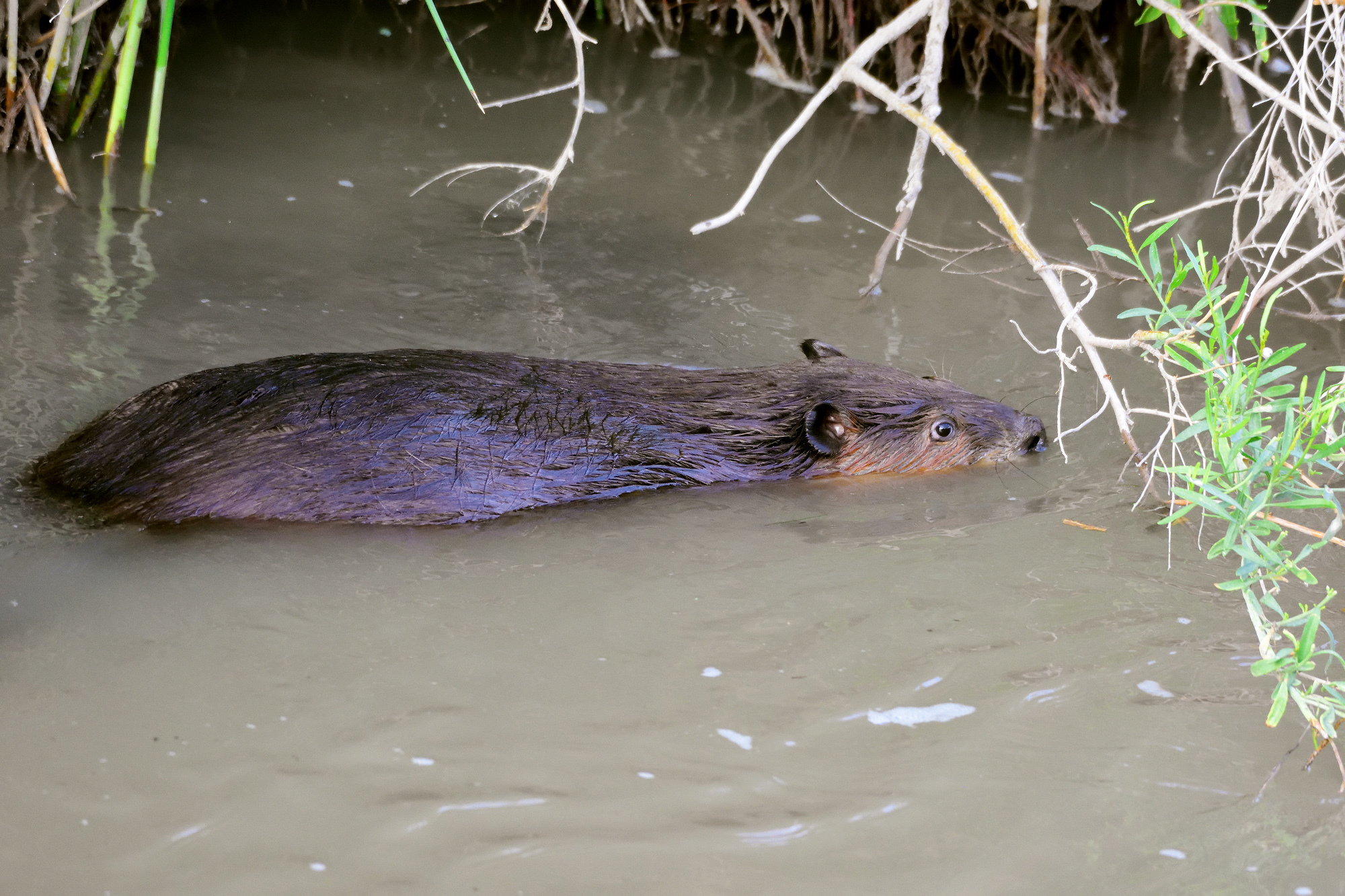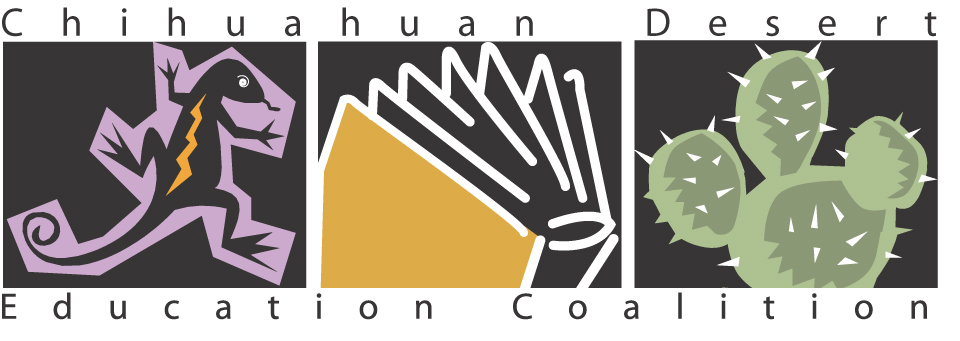
This is a monarch butterfly feeding on a showy milkweed (Asclepias speciose).
Many people are alarmed at how our most recognizable species of butterfly, the monarch butterfly, is dramatically declining in many areas of the country. Butterfly watchers and scientists have been sounding the alarm for years and recently the US Fish and Wildlife Service completed a status review under the Endangered Species Act. In December 2020, after an extensive status assessment of the monarch butterfly, the Service determined that listing the monarch under the Endangered Species Act is warranted, but precluded at this time by higher priority listing actions making it a candidate for listing at some point in the future.
Sadly because of climate change, habitat loss and the use of pesticides monarch butterfly migrations are on a dramatic decline. Some scientists believe that increasing carbon dioxide levels may be making milkweed—the only food monarch caterpillars will eat—too toxic for the monarchs.

In 2018 the Western Monarch Thanksgiving Count reported a 86 percent drop in the number of butterflies counted. The eastern monarch population that winters in Mexico has also been dropping with a 15 percent decline in recent years and more than an 80 percent decline over the past twenty years.
The Zoo here at El Paso is working on plans to help monarchs and other animals that need plants that produce nectar by planting pollinator gardens. Monarchs need milkweed plants which are not easy to grow. They have added showy milkweed (Asclepias speciose) to two pollinator gardens near the Dudley Train Station and across from the African lion training window. It seems that this milkweed does not tolerate shade. Some of the seeds were planted directly into the gardens and some were be planted in pots. This will give us an idea of what works best for this weed.
To help monarch butterflies you can purchase milkweed seeds online or look for milkweeds in the spring at local nurseries like Sierra Vista Growers. Here in El Paso we have much to learn about milkweeds and what species work best for monarchs. One website you can look into with seed information is on the Monarch Watch website showing what species to plant in different areas of the country. The Biota of North America website includes maps showing the distributions of all the milkweed species.

Dr. Kevin Floyd at UTEP notes that monarchs in our area also need other flowers that produce nectar. Those that lay eggs need the milkweed, but we can also help monarchs “just by providing flowers that aren’t milkweeds for adults to feed on.”
To help develop a haven for pollinators like butterflies and hummingbirds, we would love to hear from members of the public that are having success in attracting monarchs. You can contact us using our contact form.

Photo Credits
Cover – JP Newell, Wikimedia Creative Commons
Top – Katja Schulz, Wikimedia Creative Commons
Second – Deborah, Wikimedia Creative Commons
Third -Bear Paw Battlefield, Wikimedia Creative Commons
Bottom – TJ Gehling, Wikimedia Creative Commons

